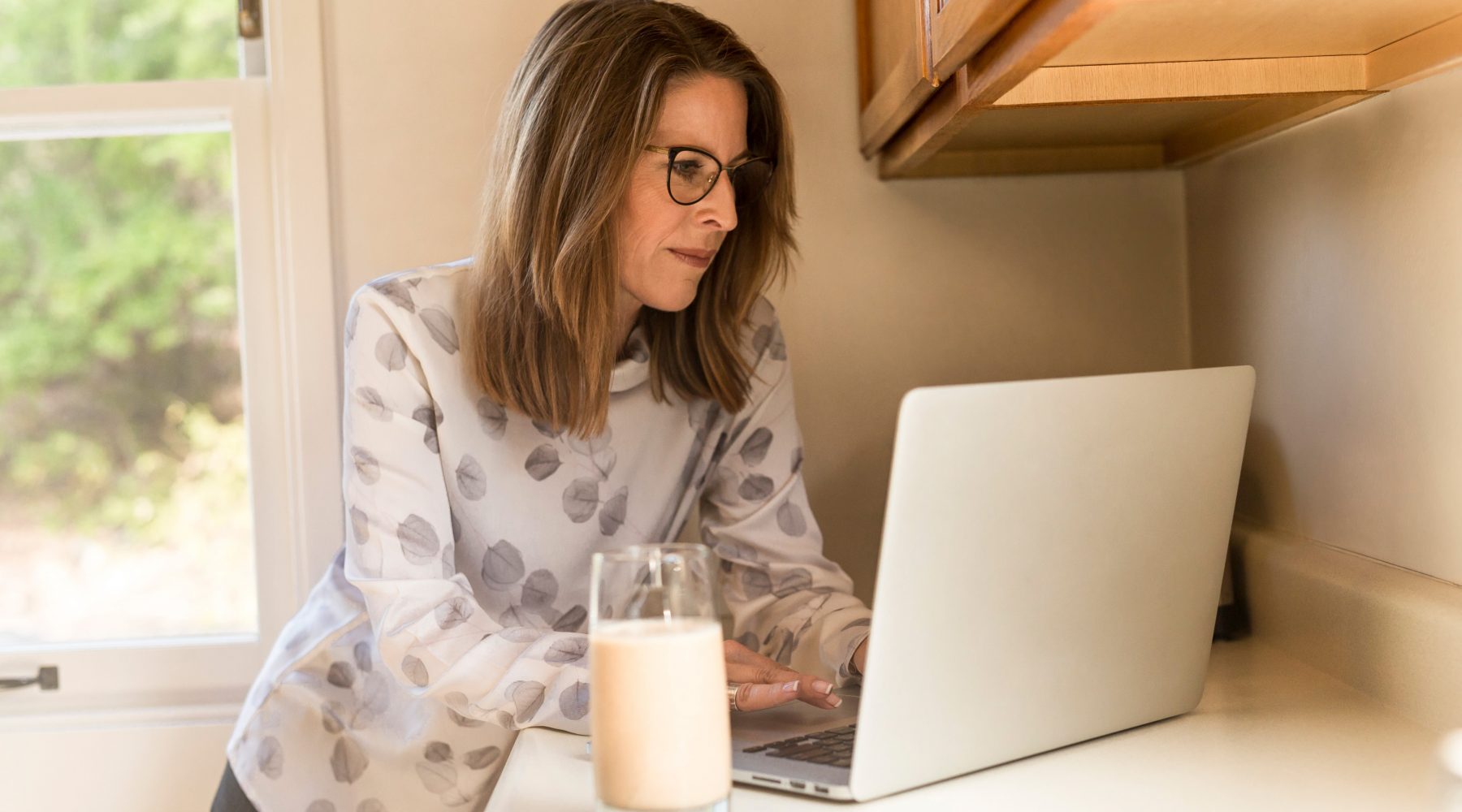School holidays are here again, and working parents across NSW will empathise with TV presenter Carrie Bickmore, who this month confessed she had to resort to doing an interview with a reporter from her car rather than try to negotiate the noise of her three children inside the house.
“That’s a great illustration of the difficulties of juggling work with other responsibilities, even when your work is ostensibly flexible,” says Professor Lucy Taksa, who is Co-Director of the Centre for Workforce Futures in Macquarie University’s Business School.
School holidays can become fraught for employees who are able to work from home but then find that their workplace demands combined with the needs of children who are home on holidays leads to extra pressure – witness the many parents trying to write emails on their phones, or dragging laptops out at skate parks and play centres.
Organisations need to find more creative ways to take pressure off parents while still meeting company needs.
Most of that pressure falls on women’s shoulders, she adds. “There’s a lot of research out there that shows women are still doing the vast share of caring, for children, and also for disabled and elderly people,” she says.
Taksa says that rather than jump into the idea of ‘flexibility will resolve your problem, you can work from home’, organisations can find more creative – and more effective – ways to take pressure off parents while still meeting company needs.
She cites an initiative by financial services company IAG to provide school holiday programs for children of their employees. The company says their ‘Kids@IAG’ scheme, represents an annual saving in care costs to staff up to $5000 for each child. More importantly, Taksa says, it recognises – and takes active steps to reduce – the additional pressures that school holidays can place on parents.
Taksa says that Macquarie University also recognises the needs of staff who are working parents during school holidays, offering a Vacation Care recreational program for up to 60 primary school-aged children per day founded on the National Quality Framework My Time Our Place.
The downside of flexibility
Taksa says that many scholars now question whether flexible work is always a positive phenomenon.
“There’s a perception that organisations are doing their employees a favour when they offer them flexible working but in most cases the arrangement is actually much more complex than simply giving someone more control over where or when they do their work,” she says.
“Flexible work can actually put a huge amount of pressure on parents and other people who use it to try to balance responsibilities outside work and in the majority of cases, this is still mostly represented by working mothers,” she says.
She adds that Australia’s labour market is one of the most gender-segregated in the OECD, according to Australia’s Workplace Gender Equality Agency (WGEA) – and with flexible work seen as the ultimate work-family solution, it has the potential to put more pressure on women who try to also take on additional burdens of care, rather than sharing the load with partners or male relatives.
One of the big challenges for many flexible workers – particularly those who work off-site and part-time – is that they feel they must work for longer than they are paid for because of the pressure to complete their work by a certain deadline, she adds.
Taksa says that this is becoming a greater problem for people because of the growing insecurity of work. Rising under-employment may lead people to be far more tolerant of work practices that place people under unreasonable levels of pressure in their working lives, she says.
“We usually consider insecure work in the context of the gig economy,” says Taksa. “But I think we also need to consider the growing insecurity of the so-called secure workers who are working alongside the insecure,” she says.
“There’s increasing pressure on continuous productivity gains in workplaces and for people who have opted for greater flexibility, that can manifest itself in work becoming a huge source of stress.”
The paradox of flexibility means solutions are complex
Taksa says that leading scholars are now revisiting the idea of flexibility in the workplace, with criticisms emerging about the way that many governments and organisations approach it as a one-size fits all solution for working parents.
Rather than a simple approach to workplace flexibility as being a desirable option to allow employees to achieve work life balance, there are a multitude of ways that flexibility is manifest.
She cites work from Almudena Canibano at leading European business school ESCP, who argues that formalised flexibility policies and approved practices don’t give the full picture.
There’s a tension between flexibility as an inducement for the employee by the organisation – for example, allowing people to fit their work around their personal needs; and flexibility as a contribution to the organisation by the employee – such as expecting people to work on weekends to meet a deadline, or to work throughout a long flight to prepare for business meetings and then return to work with little rest or respite.
Workplace flexibility for some can lead to tension and even bullying
“For some, flexibility is the key to success and survival in a competitive and technological environment; for others, it empowers employees by giving them control over certain parts of their jobs – how long they work, where they work and so on,” says Professor Taksa.
“While flexibility is often discussed from an individual perspective, it also must be considered from a work group perspective and from the organization’s perspective – in terms of the jobs that are required to be done, where and when and for how long and by what deadline,” she says.
Workplace flexibility for some can lead to tension between colleagues and even bullying, she says.
“There’s a collective implication every time an individual’s needs are accommodated, and that can be meted out in undesirable ways – for example, other employees can be resentful and take that out on the individual when the situation isn’t well communicated or managed.”
The workpace challenge of onging medical treatment
A recent study that Professor Taksa co-authored looked at the work experiences of Australian cancer survivors who had lymphoedema, a life-long chronic condition that can be a side effect of some cancer treatments which involves often-debilitating swelling in limbs.
“One issue that emerged from this research was the challenges faced by workers with ongoing medical conditions that require regular treatments and medical appointments,” she says.
“While these conditions don’t prevent people from working, they often need a more varied approach to flexible arrangements, which are mostly regularised – and while their employers might be willing to accommodate them, sometimes their colleagues are not.
Flexibility takes different forms – with some more beneficial than others, she adds.
The most commonly discussed is temporal flexibility, which involves different patterns of working hours and part-time work, she says.
Some organisations use ‘numerical flexibility’ to adjust staff numbers to meet demand, by blending their workforce with full-time, part-time and temporary staff.
‘Functional flexibility’ involves employees fulfilling different functions with different roles and responsibilities, often linked to terms like multi-tasking and multi-skilling, while ‘spatial flexibility’ can include different workspace arrangements, such as open plan, on-site or off-site, or hot-desking which can be combined with work-from-home arrangements.
The key to finding ways for both employers and employees to cope with additional work pressures and to manage role boundary conflicts between their work and personal lives without excess stress, is having comprehensive discussions up-front about the implications of flexible work practices, says Professor Taksa.
“A one-size fits all approach just doesn’t cut it.”
Professor Lucy Taksa is Co-Director of the Centre for Workforce Futures at Macquarie Business School.


















